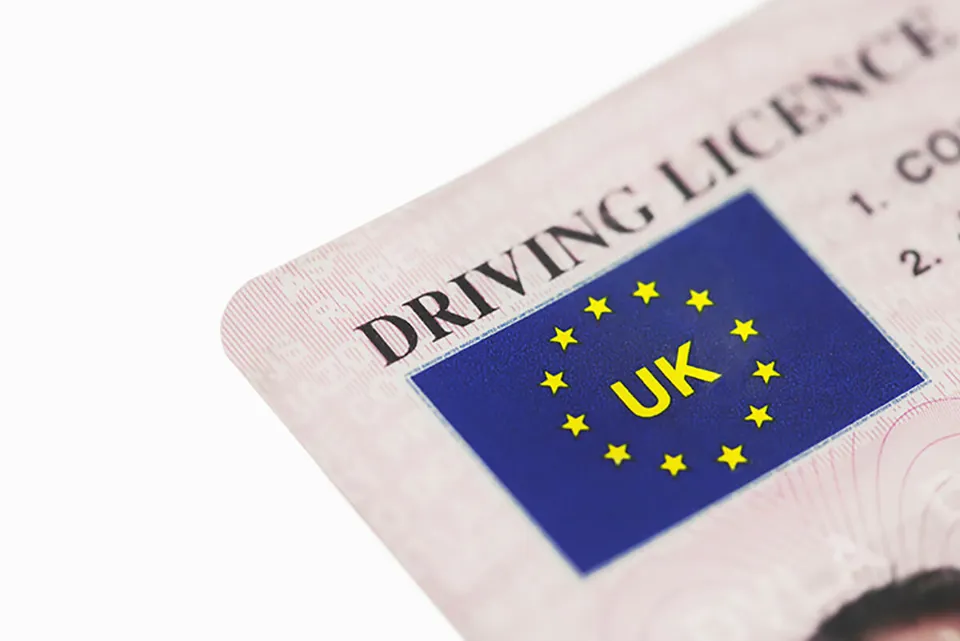The driving licence is facing a major overhaul after the European Commission paved the way for it to be based on smart card technology.
The EC has agreed a set of standards allowing an array of personal data, including the licence holder’s photo, any endorsements and iris and fingerprint biometrics, to be stored on a new chipped card.
The UK Government has already signalled its intention to bin the paper counterpart of the licence from 2015, while a driver’s address will no longer appear on the existing photocard from 2013/14.
A DVLA spokesman said: “This will mean that a driver will no longer have to return the driving licence to the DVLA when they change address or receive points.”
However, it also has implications for fleets if their current licence checking policy requires drivers to bring in the paper counterpart to be checked for endorsements. This would no longer be possible.
The DVLA is remaining tight-lipped about any plans to launch a smart card here, despite being an enthusiastic supporter of the technology in recent years.
This may be motivated by fears of how people will react to a card containing so much personal information on it, when identity theft is a major concern.
It also comes in the wake of public anger to the previous Government’s plans for an identity card and the Coalition Government’s dumping of the resulting watered-down voluntary version in 2010.
‘UK yet to decide’
The DVLA told Fleet News that “the UK has yet to decide whether or when a chip might be added” to the driving licence, but it was “continually looking at ways to improve the security of the driving licence”.
It recently outlined its smart card strategy to representatives from other European countries and admitted it was hopeful that chipped driving licences would be rolled out in the UK from 2014.
Changes to the driving licence are being driven by a combination of European legislation – the so-called Third European Driving Licence Directive, which takes effect from January 2013 – and the Government’s red tape challenge, which is aimed at cutting bureaucracy.
Common standards needed
European Driving Licence Directives require member states to adopt a common format licence, to harmonise categories and to provide common standards of competence and fitness to drive.
The current law applies to the Second Directive, agreed in 1991, but a Third Directive was agreed in December 2006 and will come into force in January 2013.
More follows on page two...





















Patriot - 25/06/2012 11:07
Another fine exmple of the craven British government caving in to EU idealism. Why can't we have a British system of regulations for Britain? How did our counbtry survive before EU mania took precedence?